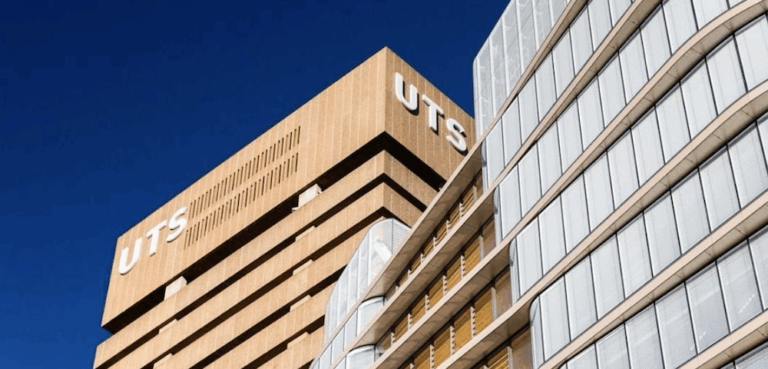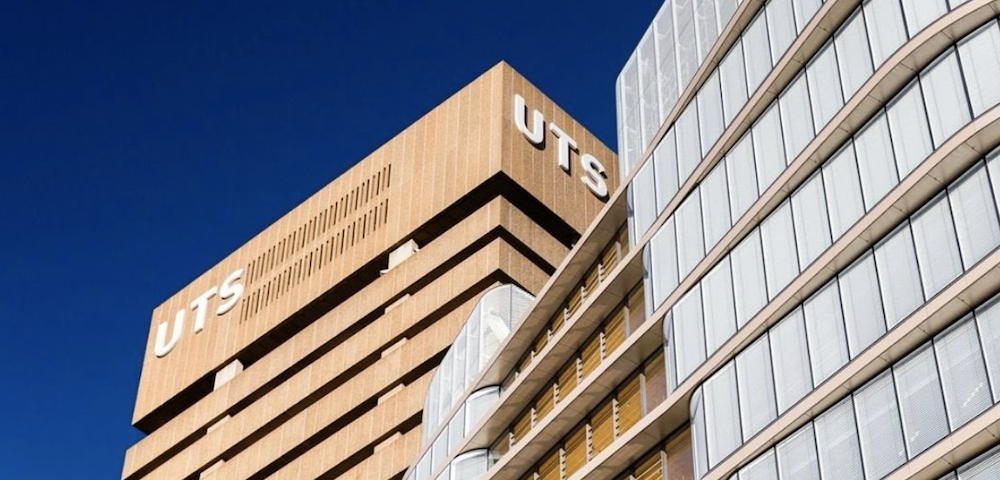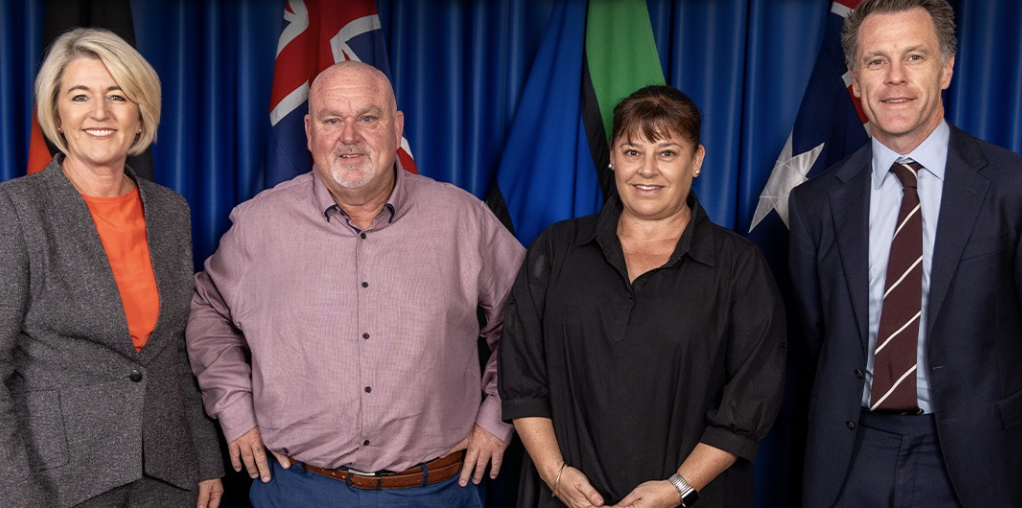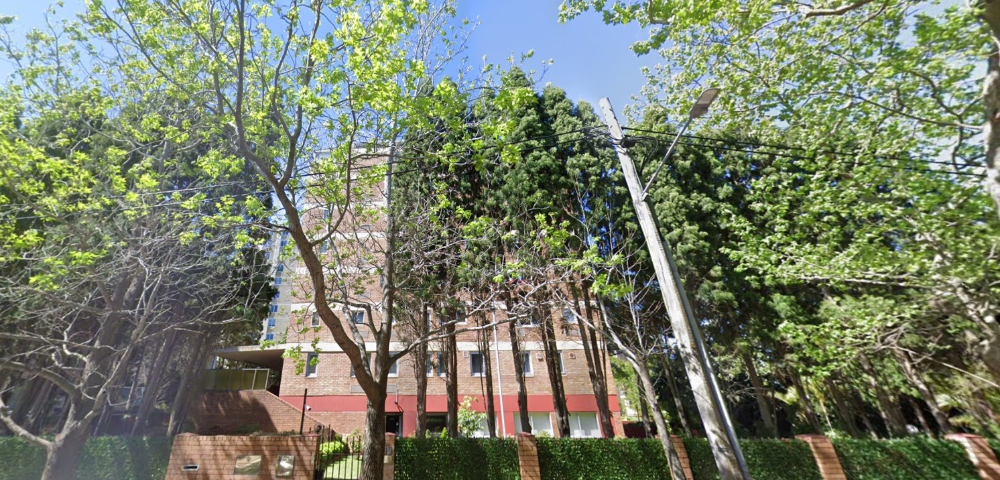
20-minute neighbourhoods: The design to prevent areas around train stations from becoming sterile

by KYE ANSON
A leading urban planner has warned that areas around Sydney’s train stations earmarked for greater housing density might become disconnected and sterile places unless they are designed as compact, connected, mixed-use, walkable neighbourhoods.
The warning comes after the NSW Government’s recent announcement that 170,000 homes will be delivered in mid-rise buildings over the next 15 years near key train stations in Sydney and the Illawarra.
Mike Day, who has led design teams on urban renewal and new township projects across Australia, the UAE and Asia for 30 years, points to the concept of a 20-minute neighbourhood, an idea that’s been gaining traction in cities like Melbourne, where there is a dearth of affordable and sustainable housing.
“With the Federal Government rolling out its ambitious plan to build 1.2 million homes over five years starting from June, we have a unique opportunity right now to rethink the communities and neighbourhood designs we want,” said Day.
“These areas will need more than a bunch of residential blocks and a café. They need to prioritise walkability, green space, social amenities such as childcare centres, healthcare and a connectedness with other neighbourhoods in their suburb.”
“Australians need affordable housing now, but by also prioritising livability, we have the chance to future-proof our communities by meeting the needs of residents for generations,” he continued.
With the median house price rising to a record high of $1.1 million, the NSW Government has struggled to provide a solution to the housing crisis. Their recent plan to deliver 170,000 mid-rise apartments over a 15-year period, only offers a dampening on the situation.
The New Epping precinct in Victoria, an urban renewal project in the City of Whittlesea, 18km north of Melbourne CBD, provides a useful case study, says Day.
Referred to as “a city within a suburb”, development started in 2021 and will comprise thousands of townhouses and apartments across multiple neighbourhoods, as well as commercial, hospitality, retail and community spaces, and healthcare, reducing the need for residents to drive everywhere.
The initiative was started to help “…cater for all socio-economic throughout the housing continuum from people who need social housing to people who want to own a home”, CEO of Haven Home Safe’s Trudi Ray says.
The first stage residences have since delivered a mix of social and affordable housing for people who work nearby, people with disability, families with children in local school and other people who were struggling to find affordable private rental accommodation, with feedback from tenants being positive.









